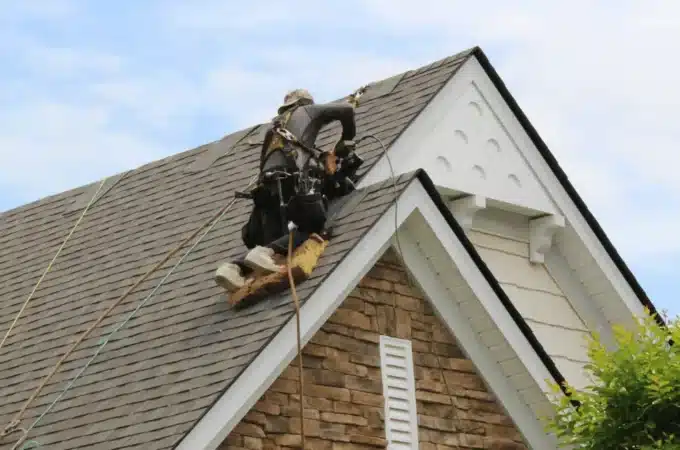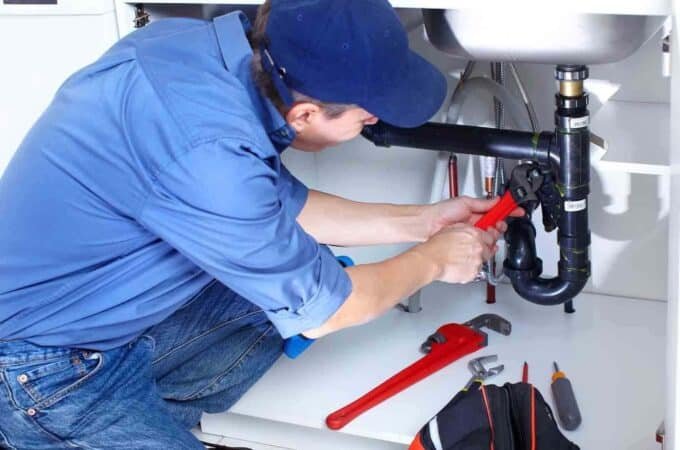
5 Ways to Improve Your Shoreline and Enjoy the Outdoors
Living by the water is truly a dream for many. Studies suggest that living near a body of water can improve your mood by lowering stress and anxiety and encouraging you to get active outdoors.
You understand the effort required to maintain it if you own one. Enhancing your shoreline’s features should be a priority to unlock the full potential of this natural asset. Not only is it for your own enjoyment, but it could boost the value of your waterfront home via added aesthetics and functionality.
Not sure where to begin? Then, this guide is for you. It explores the different ways you can improve your shoreline to make it the best it can be.
Table of Contents
Toggle1. Assessing Your Shoreline
Before anything else, take as much time as you need to assess your shoreline. Is it a sandy beach, a rocky cliff overlooking a lake, or a gentle stream meandering through your backyard? The size and type of your shoreline influence what you can do.
While assessing your shoreline, remember to check local regulations. Every region has its own rules regarding shoreline modifications, and you want to avoid getting into trouble if adding a new dock. Calling your local authorities can help you learn more.
2. Enhancing Functionality
Aside from being visually appealing, your living shoreline should ideally be functional. However, that’s only possible when it’s free from erosion and accessible for you and your guests.
Erosion Control
Coastal erosion is a significant issue in many parts of the world, and if you live near a shoreline, it’s a concern that may befall you, too. It’s not only an eyesore, but it’s a phenomenon that’s responsible for almost USD$ 500 million a year in property loss in the U.S.
To prevent such instances from happening to your shoreline and potentially damaging your home, look for areas where soil is washing away or where the waterline is creeping closer. You could call in a Lake Minnetonka riprap repair team or similar experts near you. They’ll carefully place large rocks or seawalls near the water to act as a barrier that prevents shoreline erosion.
Other than rocks, the appropriate plants make excellent options for erosion control. Shoreline vegetation should have deep root systems to keep the soil in place. They must also be native to the area, or else invasive species may harm the local ecological system.
When you wish to add shore protection against erosion, it’s best to consult professional landscapers. The experts know how to apply rocks or plants correctly without disturbing aquatic life or drastically changing the water quality.
Improved Access
With the living shoreline under control, consider improving access to your shoreline to enjoy water-related activities like fishing or boating. It’ll be a bother if you constantly have to jump over bushes or pass through thickets of plants just to get to the water’s edge.
Enlist the help of pros to install lakefront steps and staircases. Well-designed pathways will make going to and from the shoreline much easier. The type of access they’ll create depends on your shoreline’s depth and slope. For steeper shorelines, they may add stairs or a ramp. Shallower areas might benefit from a simple walkway or a small dock.
No matter what solution you or the team chooses, the landscapers will prioritize safety by adding railings and using slip-resistant surfaces.
3. Creating a Relaxing Oasis
There are two types of landscaping methods: softscaping and hardscaping. Each type has a specific result when applied to living shorelines.
Softscaping for Beauty
Softscaping involves planting plants in a particular area. When properly arranged and tended, plants can filter pollutants from surface runoff and boost the visual appeal of a shoreline property. As mentioned, it’s a must to plant native vegetation, as they can enhance the shoreline’s ecology. Forty-two percent of endangered and threatened U.S. species faced a decline due to invasive plant species.
When choosing vegetation to improve your shoreline, go for low-maintenance plants that tolerate wind, sun, and salt spray if you live near the sea. For freshwater shoreline properties, colorful flowerbeds or natural-looking meadows are fantastic options. Flowering plants also provide a safe habitat and food for many pollinators and birds near your area.
Hardscaping for Comfort
Hardscaping, on the other hand, includes elements for comfort, such as shoreline decks and patios. Think of a spacious lounge area to entertain guests or enjoy the view and a fire pit to stay warm and illuminate the night. An inviting atmosphere is just what your shoreline home might need.
Don’t forget shade structures like pergolas or umbrellas! These are great for relief from the sun and heat when there are few trees by the shore. Consider installing foldable ones so you can pack them up for storage when the weather is more agreeable.
4. Unlocking Recreational Activities
With the boxes for function and aesthetics checked, you can start thinking of fun activities to do and improve your shoreline home.
Activities
The specific activities you choose will depend on the type of shoreline you have. For example, lakefront property begs for a swimming platform or a small dock to launch your kayak or canoe. Love fishing? You can create your own private spot with comfy seating and easy access for casting a line.
Beachfront shorelines are perfect for setting up a beach volleyball court. You can even designate a safe swimming zone for splashing around and cooling off on hot days.
If your property borders a stream, consider installing a small dock for paddleboarding or kayaking. A simple rope swing can provide endless entertainment for children, while a designated birdwatching area will attract feathered friends for you to observe.
Shoreline Safety
Whatever you choose to pursue on your improved shoreline, safety should always be your top priority. Life jackets are essential for anyone swimming, paddling, or boating on your shoreline. Make sure they’re readily available and in good condition. Adult supervision is essential for activities with young children involved since shallow water can also be deceiving.
5. Environmentally Friendly Practices
Improving the features of your waterfront house goes hand-in-hand with protecting it. Opt for native plants that thrive naturally, reducing the need for chemicals. Use natural materials like wood or stone for your hardscaping elements whenever possible. Always dispose of waste responsibly and avoid disturbing natural habitats.
Many resources are available to help you learn more about sustainable shoreline management. Your local government or environmental organizations might offer workshops or informational materials.
Final Thoughts
Ready to improve your shoreline? Personalize your improvements to suit your specific needs and preferences while following these tips.
Get creative! Whether you dream of lazy afternoons lounging on a deck, exhilarating mornings spent kayaking, or peaceful evenings enjoying the sounds of nature, improving your shoreline can make those dreams a reality.







